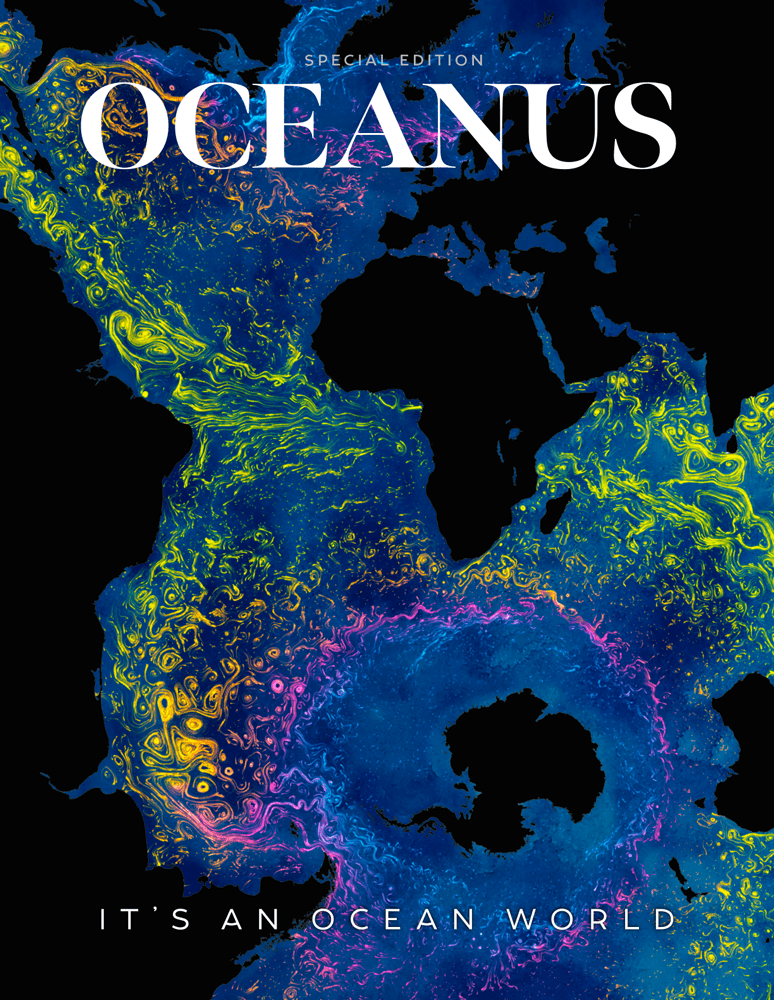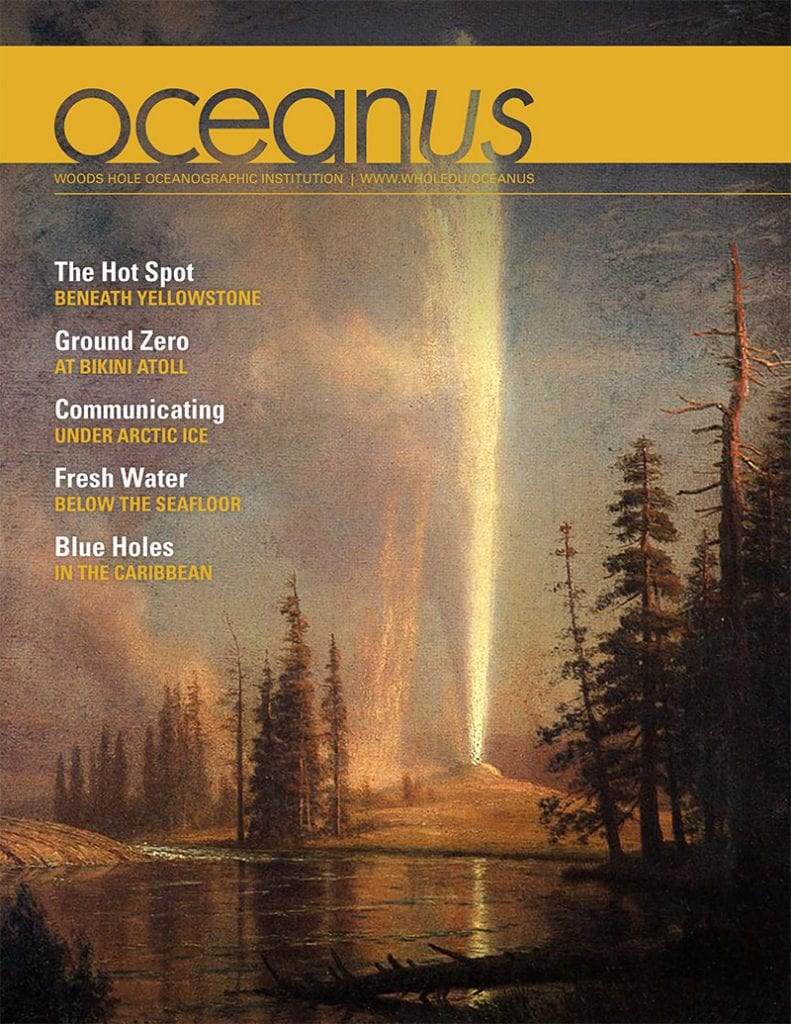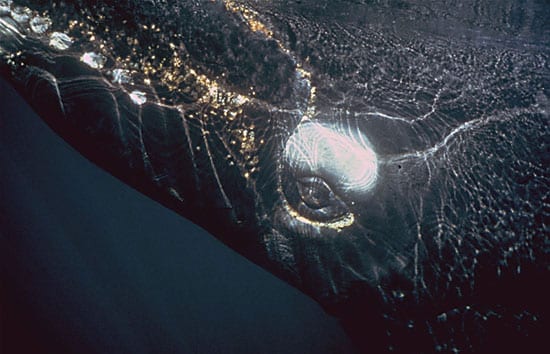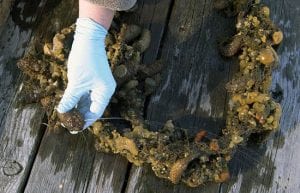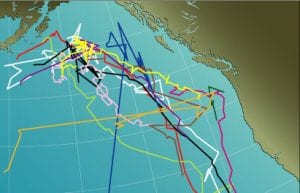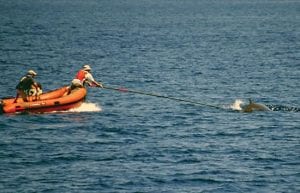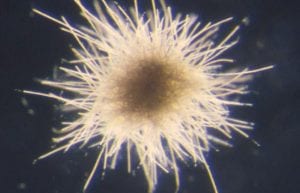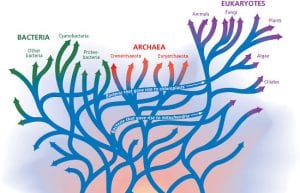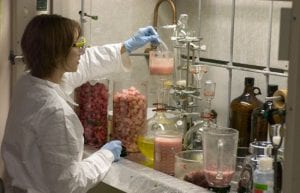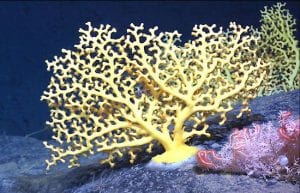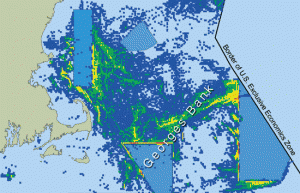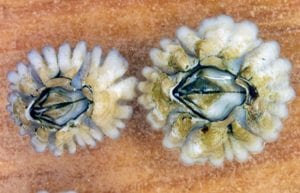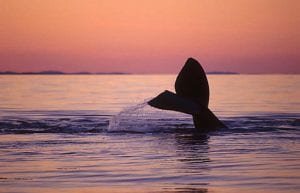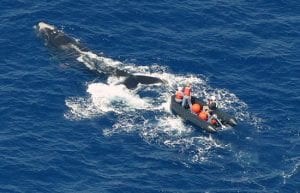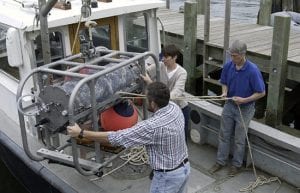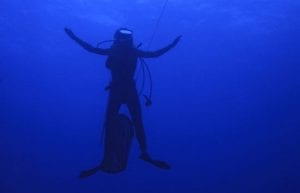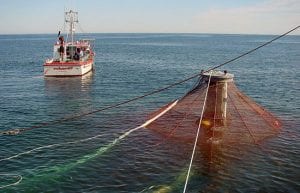Ocean Life
Ocean Life Institute
The oceans cover 70 percent of the planet?s surface and constitute 99 percent of its living space, and every drop of ocean water holds living things. Without its oceans, Earth would be a rock in space, and life may never have appeared on our planet.
Down to the Sea on (Gene) Chips
The genomics revolution has reached the oceans. New genomic techniques are being used to find…
Voyages into the Antarctic Winter
At the extreme ends of the Earth, Antarctica is a vast, rocky continent, mostly ice-covered…
How to See What Whales Hear
On summer nights, if you sit quietly at the edge of a field or watch…
Big Trouble from Little Squirts
Welcome to the online version of Oceanus, the magazine that explores Earth's last frontier. Oceanus…
A Lone Voice Crying in the Watery Wilderness
And speaking of whales, here is a story of whales speaking—or more precisely, one whale,…
Even Sperm Whales Get the Bends
It seemed only natural for deep-diving sperm whales to be immune from decompression illness, or…
Playing Tag with Whales
The challenge of designing a device to learn what marine mammals do on dives is…
Run Deep, But Not Silent
For the first time in history, we can accompany a whale on its dive, hear…
Little Things Matter A Lot
One group of bacteria—the cyanobacteria—has completely transformed Earth's environment through their long history. Three billion…
The Deeps of Time in the Depths of the Ocean
Wherever we have looked in the oceans, we have found previously unknown microorganisms. We have…
Tracking Fish to Save Them
For decades, the Nassau grouper (Epinephelus striatus) was one of the most sought-after fish species…
Mistaken Identity
Researchers at the Woods Hole Oceanographic Institution have found that two chemicals accumulating in the…
Coral Gardens in the Dark Depths
The words "coral reefs" conjure up images of a tropical paradise: shallow, warm, aquamarine waters,…
The Coastal Ocean Institute
We are all stewards of the coastal ocean. For some of us, the connection to…
Do Marine Protected Areas Really Work?
Today, Marine Protected Areas, or MPAs—areas of the ocean temporarily or permanently closed to harvesting—are…
New Instrument Sheds Light on Bioluminescence
Bioluminescence is ubiquitous in the oceans, and especially prevalent in coastal regions where nutrients are…
Rites of Passage for Juvenile Marine Life
The childhood of a barnacle is fraught with challenges. It hatches in shallow waters close…
Red Tides and Dead Zones
The most widespread, chronic environmental problem in the coastal ocean is caused by an excess…
Scientists Muster to Help Right Whales
It is a sad irony that we have cataloged individual photographs of the remaining North…
Whither the North Atlantic Right Whale?
"Today only a remnant of the population survives, no more than 350 whales clustered in…
Revealing the Ocean’s Invisible Abundance
Finding minuscule life forms in a seemingly infinite ocean isn’t trivial. But in recent years,…
Shedding Light on Light in the Ocean
Light in the ocean is like light in no other place on Earth. It is…
Down on the Farm…Raising Fish
Aquaculture, or fish farming, is changing how we think about one of our main sources…
